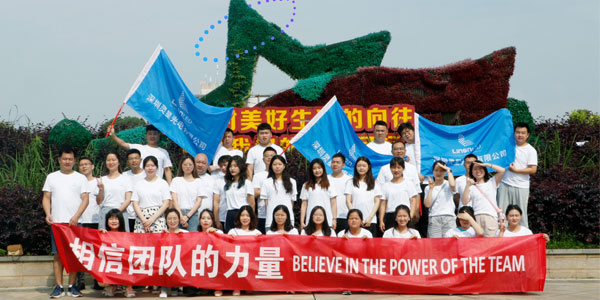Why Do LED Displays need LED Screen Video Processor?
Considering that some customers do not understand why they need to add a LED screen video processor to control the screen, we would like to explain in detail in this article:

1.Detail enhancement
It is not only reflected in the sharpening of the image edges but also includes the processing of color restoration and image scaling. The quality of this indicator of the video processor directly reflects the clarity of the image displayed by the LED display.
2.Noise Reduction
Due to the lattice characteristics of LED display, insignificant noise in other display media will greatly challenge the psychological tolerance of LED display audiences. Noise mainly comes from the compression noise (mosaic) of the video signal and the random noise of the system itself. An excellent video processor can reduce the interference of noise to the image quality itself to the greatest extent through noise suppression.
3.Grayscale
Grayscale has always been the goal pursued by LED display suppliers, but for a long time, the vast majority of technical teams have been solving the problem of grayscale scanning of the LED screen itself, and upgraded the grayscale processing to the current 16bit or 18bit. But it ignores the problem that the input signal source has always been only 8bit. A good video processor, on the other hand, can increase the gray level of the input signal.
4.Resolution Specifications and Format Conversion Capabilities
Video processing equipment can complete the format conversion between many signal formats, the details as follows:

Signal input interface: VGA, DVI-D, HDMI, SD-SDI, HD-SDI, YCbCr, YPbPr, VGA to XGA, SMPTE to VESA and so on. The video processor is to manage various signals when multiple signals are connected, and flexibly switches quickly between the signals.
Generally speaking, the signal resolution provided by image signal sources (such as Blu-ray DVD, computers, high-definition playback boxes, etc.) has fixed specifications (refer to VESA, ITU, SMPTE and other standards), and the modular splicing display of LED display, The resolution can be almost any value. The video processor converts the various signal resolutions to the actual physical display resolution of the LED display.
5.Color space conversion function
The color space of the LED display is much larger than the NTSC color space of the TV signal, so if the NTSC RGB color space is directly used in the display to control the light emission of the three primary colors of the LED, the color deviation will occur, which will seriously affect the effect of the LED display. Therefore, the video processor is required to complete the color space conversion, that is, the conversion of CCIR601 and CCIR709 to RGB color space. This is also the fundamental reason why the LED dedicated video processor needs to realize the conversion from VESA, ITU, and SMPTE signal formats to VESA standard signal formats when completing the format conversion function.
6.Image processing and enhancement techniques
Full-color large-screen display not only involves the image processing technology issues involved in general image display processing, such as 3:2 and 2:2 pull-down, because the pixel pitch is much larger than other display media, therefore, for image processing technology, but especially It is also the image enhancement technology that has more stringent requirements.
7.Motion compensation
Involves motion compensation for slow and fast images. Good motion compensation technology can reduce the jagged edge of the moving image when LED is displayed.
8.De-interlace
In order to reduce the bandwidth and increase the resolution of the video signal, interlaced scanning technology must be used. When displaying, the interlaced signal needs to be preprocessed to be converted into a progressive signal. Excellent de-interlacing technology can eliminate the scan line effect that exists in live broadcast and filming.
9.Video zoom function
The display mode of the LED display is point-to-point, which determines that the LED display can only display a picture that is consistent with its own physical resolution. The LED video processor can scale the image, output the image in any size, and complete the mapping of the entire desktop onto the LED screen. Whether the resolution is increased or decreased, the complete image can be displayed on the screen.
Due to the influence of regional weather, the outdoor display screen is different from day to night, sunny and rainy, so the requirements for video processors will become higher and higher in the future.
